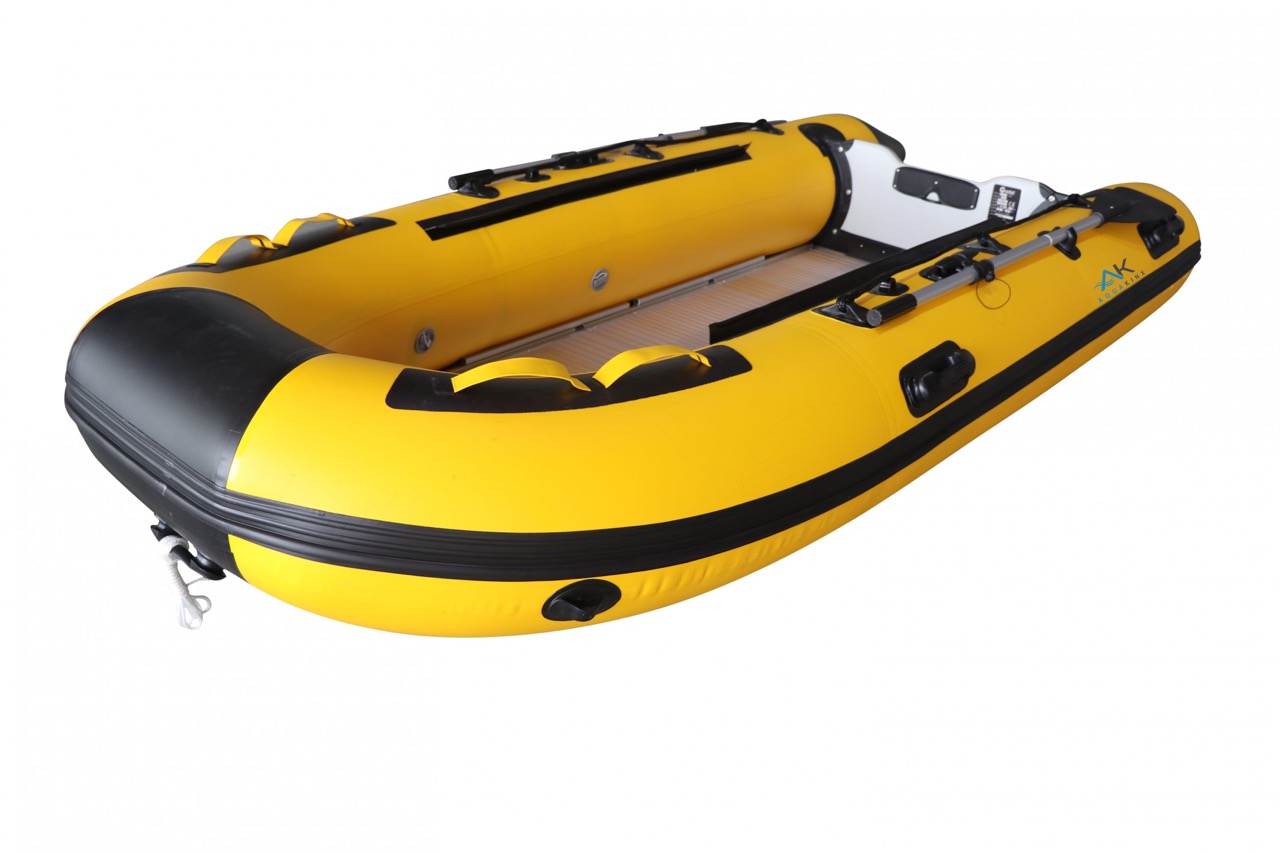

Articles
How To Store Inflatable Boat
Modified: December 7, 2023
Learn how to store your inflatable boat properly and keep it in great condition with our helpful articles.
(Many of the links in this article redirect to a specific reviewed product. Your purchase of these products through affiliate links helps to generate commission for Storables.com, at no extra cost. Learn more)
Introduction
Storing an inflatable boat properly is crucial to ensure its longevity and functionality. Whether you use your inflatable boat for fishing, water sports, or leisurely cruises, taking the time to store it correctly will protect it from damage and extend its lifespan.
In this guide, we will take you through a step-by-step process on how to store an inflatable boat effectively. From cleaning and drying to deflating, folding, and protecting the boat, we will cover all the necessary steps to ensure that your boat remains in top condition during its time in storage.
By following these guidelines, you will be able to enjoy your inflatable boat for years to come, saving you valuable time and money on repairs or premature replacements.
Key Takeaways:
- Properly storing your inflatable boat involves cleaning, drying, deflating, folding, and protecting it. This ensures longevity, optimal performance, and protection from damage, mold, and UV rays.
- Choosing the right storage location, considering important factors, and taking proper precautions are crucial for maintaining the condition and prolonging the lifespan of your inflatable boat.
Read more: How To Store A Boat
Step 1: Cleaning and Drying
Before storing your inflatable boat, it is essential to clean and dry it thoroughly. This step is crucial for removing dirt, salt, and other debris that can cause damage and promote mold or mildew growth. Here are some reasons why cleaning and drying are important:
- Preventing damage: Dirt and debris can wear down the material of the boat and contribute to premature aging. Cleaning the boat removes potential contaminants that could cause abrasions or punctures.
- Optimizing performance: A clean and dry boat will have better handling and performance on the water. Removing buildup and residue from the surface allows for smoother movement through the water.
- Preventing mold and mildew: Moisture left on the boat can lead to the growth of mold and mildew, causing unpleasant odors and potential health risks.
To properly clean your inflatable boat, follow these steps:
- Rinse: Start by rinsing the boat with fresh water to remove any loose dirt or debris. Focus on the bottom and sides of the boat, as these areas are more prone to buildup.
- Use a mild detergent: Mix a solution of warm water and mild detergent. Gently scrub the boat with a soft brush or sponge, paying attention to areas with stubborn stains or residue.
- Rinse again: After scrubbing, rinse the boat thoroughly with fresh water to remove any soap residue.
Once your inflatable boat is clean, it is essential to dry it completely before storing it. Here are a few drying methods you can use:
- Air drying: Inflate the boat slightly and let it dry in a well-ventilated area out of direct sunlight. Make sure to flip it over occasionally to ensure both sides dry evenly.
- Towel or cloth drying: If you need to speed up the drying process, use clean and absorbent towels or cloths to wipe down the boat’s surface.
- Fan or heater: If you have access to a fan or heater, use it to create airflow around the boat, helping it dry faster.
Remember that proper drying is essential to prevent the growth of mold or mildew during storage. Ensure that your inflatable boat is completely dry before moving on to the next step.
Step 2: Deflating the Boat
Deflating the inflatable boat is a crucial step in the storage process. Here’s why deflating is necessary and some tips on how to do it properly:
Why deflating is necessary for storage:
- Save space: Deflating the boat significantly reduces its size, making it easier to store in compact spaces.
- Prevent damage: Keeping the boat inflated during storage can put unnecessary strain on the seams and valves, potentially causing leaks or damage over time.
- Easier transportation: Deflated boats are much lighter and more manageable, allowing for effortless transportation from one location to another.
Tips for deflating the inflatable boat properly:
- Choose a flat surface: Find a flat surface where you can safely deflate the boat. This will make the process easier and help prevent any accidental punctures.
- Open valves: Open all the valves on the boat to release the air. You may need to apply slight pressure to assist in the deflation process.
- Squeeze out remaining air: Once the valves are open, gently press down on the boat to squeeze out any remaining air. This step ensures that the boat is fully deflated.
- Remove accessories: Before deflating, remove any accessories or attachments from the boat, such as seats, fishing rod holders, or storage bags. This will make the deflation process smoother and prevent any damage to these items.
By deflating your inflatable boat properly, you can save space, prevent damage, and ensure a smooth transition to the next step of the storage process.
Step 3: Folding and Rolling the Boat
Folding and rolling the inflatable boat properly is essential to ensure easy storage and prevent any damage to the boat. Here are the correct folding techniques for different inflatable boat types and step-by-step instructions for rolling the boat:
Correct folding techniques for different inflatable boat types:
- Slat floor or hard-bottom boats: Start by deflating the boat completely. Next, fold the boat in half lengthwise, bringing the bow and stern together. Then, fold the boat in half again, folding it from side to side. Finally, fold the boat one more time, ensuring that all the air is expelled before securing the folds.
- Inflatable keel or air floor boats: Begin by deflating the boat fully. Fold the boat in half lengthwise, bringing the bow and stern together. Then, fold the sides of the boat inward towards the center. Finally, fold the boat in half one more time, ensuring a compact and secure fold.
- Roll-up floor boats: Deflate the boat completely. Start by rolling up the floor, making sure to fold it tightly. Next, fold the sides of the boat inward towards the center. Finally, roll the boat from bow to stern, creating a compact roll.
Step-by-step instructions for rolling the boat:
- Deflate the boat: Ensure that the boat is fully deflated before starting the rolling process.
- Secure any loose parts: If there are any loose accessories or attachments, secure them to the boat or remove them completely.
- Start with the bow: Begin rolling the boat from the bow towards the stern. Roll tightly and evenly to prevent any bulges or bends.
- Apply even pressure: As you roll, apply even pressure to ensure a tight and compact roll. Avoid putting too much pressure on any specific area of the boat.
- Secure the roll: Once the boat is rolled up, use straps or ropes to secure the roll. This will prevent it from unraveling during storage.
Properly folding and rolling your inflatable boat will make storage easier and more efficient while minimizing the risk of damage. Take your time to ensure a neat and tight roll for the best results.
After cleaning and drying your inflatable boat, store it in a cool, dry place away from direct sunlight and extreme temperatures. Avoid folding or creasing the boat to prevent damage.
Step 4: Protecting the Boat
Protecting your inflatable boat during storage is crucial for maintaining its condition and extending its lifespan. Here are the reasons why protecting the boat is important, the recommended materials for protection, and how to properly cover and secure the boat:
Importance of protecting the boat during storage:
- Shielding from UV rays: Prolonged exposure to sunlight can cause the boat’s material to deteriorate, fade, or become brittle. Protecting the boat from UV rays helps preserve its appearance and structural integrity.
- Preventing dust and debris: Covering the boat prevents dust, dirt, leaves, and other debris from accumulating on the surfaces. This will save you time and effort during the cleaning process when you take the boat out of storage.
- Avoiding moisture damage: A waterproof cover protects the boat from rain, snow, and humidity, preventing moisture from seeping into the boat and causing mold, mildew, or corrosion.
Recommended materials for protection:
- Boat cover: Invest in a high-quality boat cover that is specifically designed for inflatable boats. Look for covers made from durable, UV-resistant materials that provide a snug fit and have good ventilation to prevent moisture buildup.
- Tarpaulin: If you’re on a budget, a properly-sized tarpaulin can also be used to cover the boat. Ensure that the tarp is waterproof and securely fastened to prevent it from blowing off or allowing moisture to penetrate.
- Bubble wrap or padding: For added protection against impacts or scratches, use bubble wrap or padding on vulnerable areas of the boat, such as the stern or bow. This will help absorb shocks and prevent damage.
Covering and securing the boat:
- Clean and dry: Before covering the boat, ensure that it is clean and completely dry. This will prevent the growth of mold or mildew during storage.
- Place the cover: Gently place the cover over the deflated and rolled boat, ensuring that it fits snugly and covers the entire boat. Smooth out any wrinkles or folds to prevent water accumulation.
- Secure the cover: Use straps, ropes, or bungee cords to secure the cover in place. Make sure it is tightly fastened to prevent it from being blown away by strong winds.
- Protect vulnerable areas: Apply bubble wrap or padding to areas prone to impacts or scratches, such as the bow or stern. This added layer of protection will help preserve the boat’s integrity during storage.
By properly protecting your inflatable boat during storage, you can safeguard it from damaging elements and ensure that it’s ready for your next adventure on the water.
Read more: How To Store Inflatable Kayak
Step 5: Storing the Boat
Storing your inflatable boat in the right location and taking necessary precautions is essential to maintain its condition and prolong its lifespan. Here’s a guide on choosing the right storage location, factors to consider when selecting storage options, and proper positioning and precautions for long-term storage:
Choosing the right storage location:
- Indoor storage: Ideally, store your inflatable boat indoors to protect it from the elements and extreme temperature fluctuations. A garage, storage unit, or boathouse can provide adequate protection.
- Outdoor storage: If indoor storage is not possible, opt for outdoor storage in a covered or shaded area. Choose a location away from direct sunlight, rain, and strong winds.
Factors to consider when selecting storage options:
- Accessibility: Ensure that the storage location allows for easy access to the boat when you need to use or maintain it.
- Security: Choose a secure storage facility or install security measures if storing the boat in an unattended area to prevent theft or unauthorized access.
- Climate control: If storing the boat indoors, consider a climate-controlled storage unit to minimize the impact of temperature and humidity changes.
- Space availability: Make sure the storage location has enough space to accommodate the fully deflated and properly rolled boat.
Proper positioning and precautions for long-term storage:
- Position the boat: Place the boat on a flat surface to prevent uneven weight distribution and potential damage to the boat’s structure.
- Avoid sharp objects: Keep the boat away from sharp objects, such as tools or machinery, to prevent accidental punctures or tears.
- Avoid excessive weight: Do not stack heavy objects on top of the boat, as this can cause pressure points and damage the boat’s material.
- Regularly inspect: Periodically check on the boat during storage to ensure there are no signs of damage, moisture buildup, or pests.
- Keep it elevated: If storing the boat outdoors, consider using a boat cradle or framework to keep it elevated off the ground and protect it from moisture and pests.
By choosing the right storage location, considering important factors, and taking proper precautions, you can ensure the longevity and optimal condition of your inflatable boat during its time in storage.
Conclusion
Properly storing your inflatable boat is key to maintaining its longevity and ensuring that it remains in excellent condition for years to come. By following the step-by-step process outlined in this guide, you can ensure that your boat is properly cleaned, dried, deflated, folded, and protected during storage.
Regularly cleaning and drying your inflatable boat before storage will prevent dirt, debris, and moisture from causing damage or promoting mold growth. Deflating the boat reduces strain on the seams and valves, making it easier to store and transport. Correct folding techniques based on your specific boat type ensure a compact and secure fold, saving space and preventing damage. Protecting the boat with a waterproof cover or tarpaulin shields it from UV rays, dust, and moisture, preserving its appearance and integrity.
When selecting a storage location, consider factors such as accessibility, security, climatic conditions, and available space. Position the boat on a flat surface, away from sharp objects and excessive weight. Regularly inspect the boat during storage to address any issues promptly and keep it elevated if storing outdoors to prevent moisture damage.
By following these guidelines, you can confidently store your inflatable boat and have peace of mind knowing that it will be ready for your next adventure on the water. Proper storage not only protects your investment but also ensures the safety and longevity of your boat, allowing you to enjoy it for years of water-bound fun.
Frequently Asked Questions about How To Store Inflatable Boat
Was this page helpful?
At Storables.com, we guarantee accurate and reliable information. Our content, validated by Expert Board Contributors, is crafted following stringent Editorial Policies. We're committed to providing you with well-researched, expert-backed insights for all your informational needs.
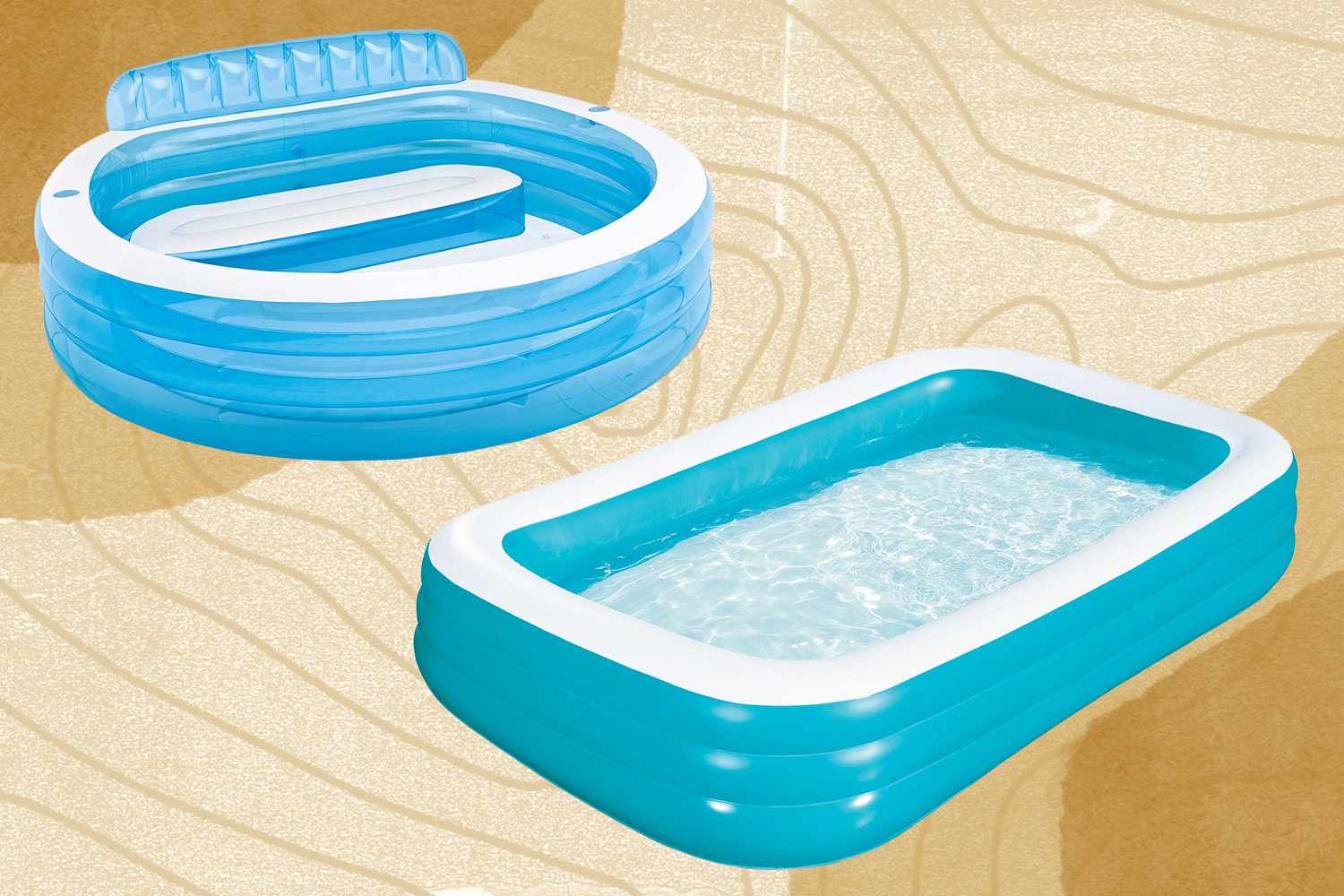
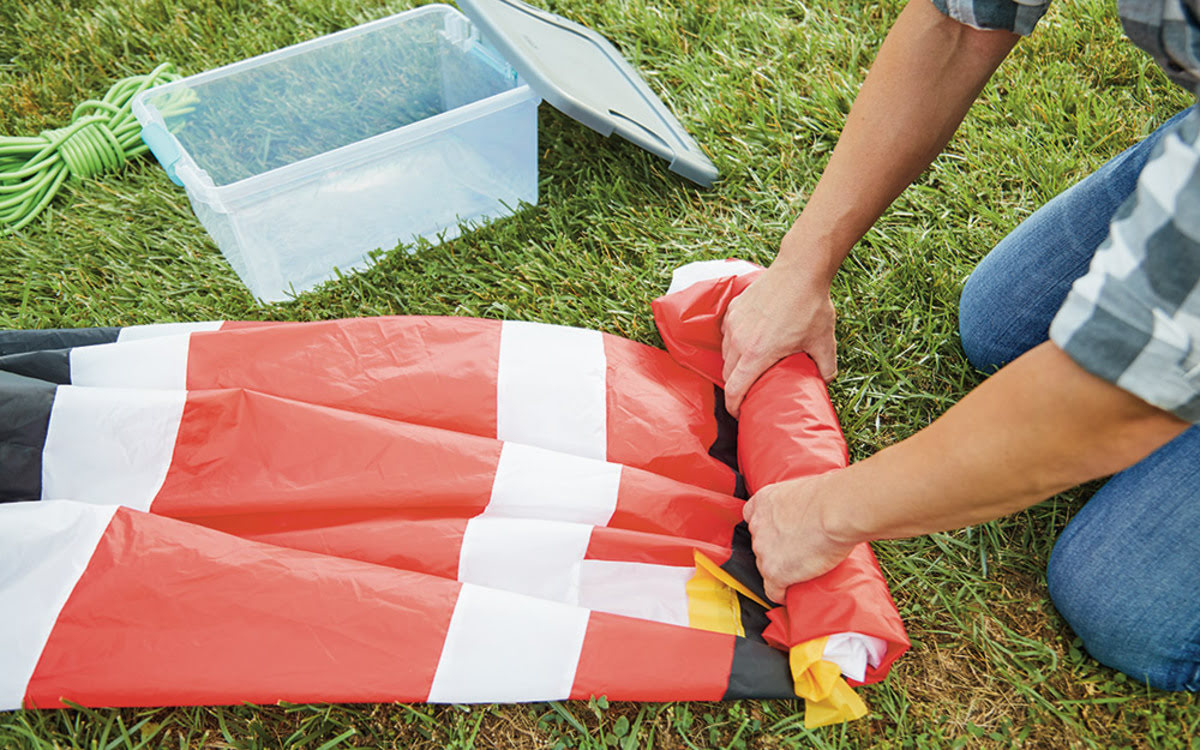
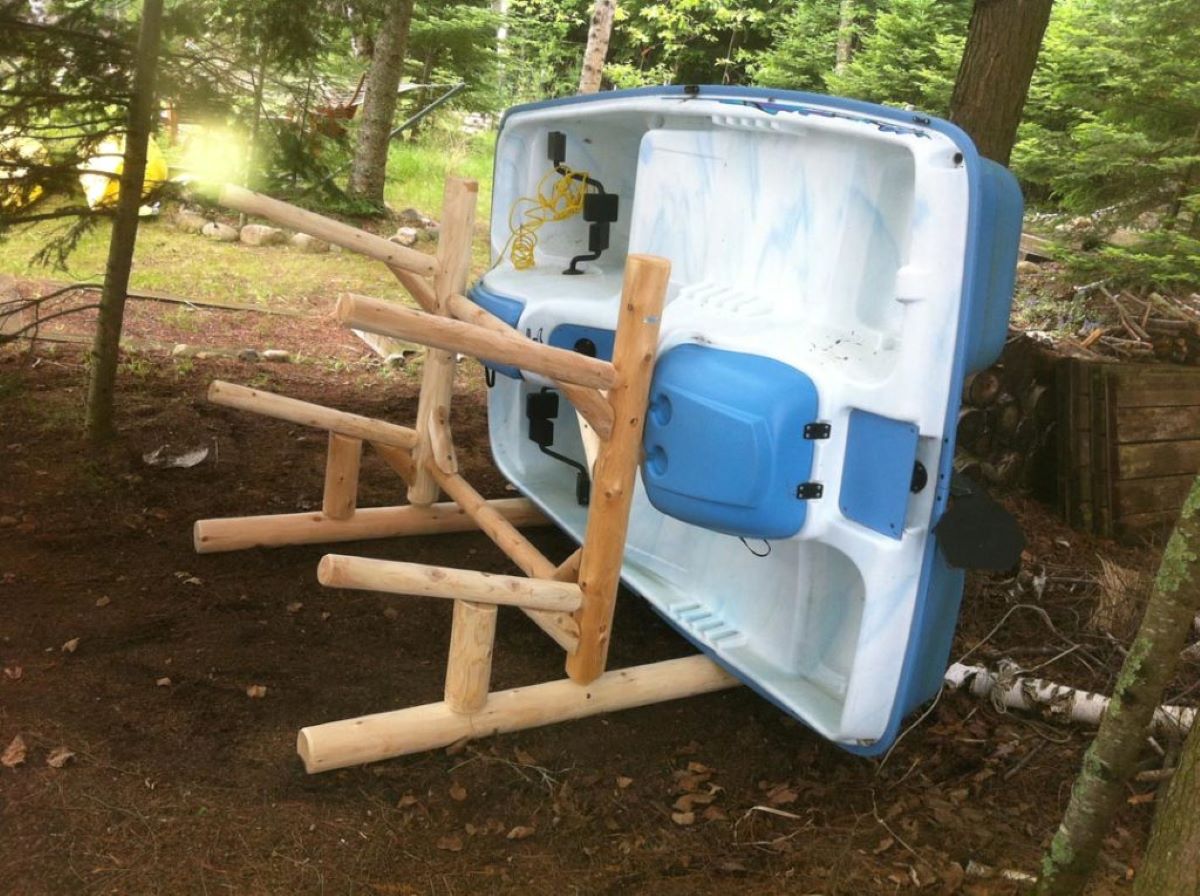
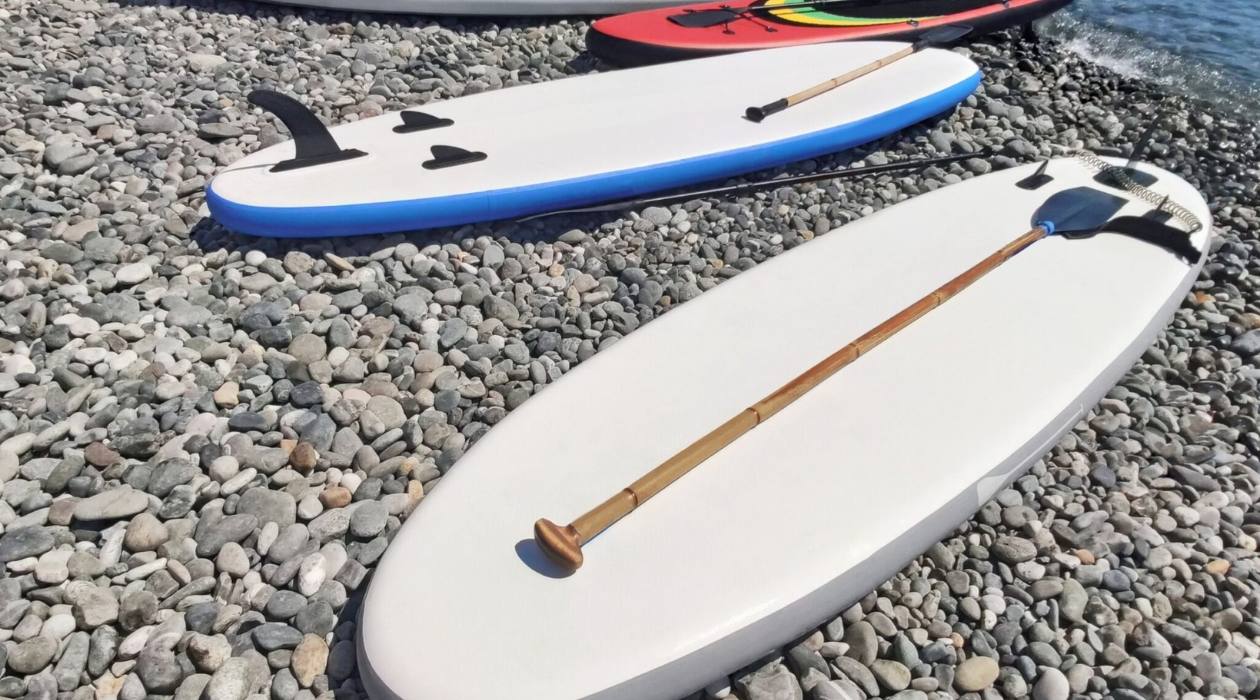
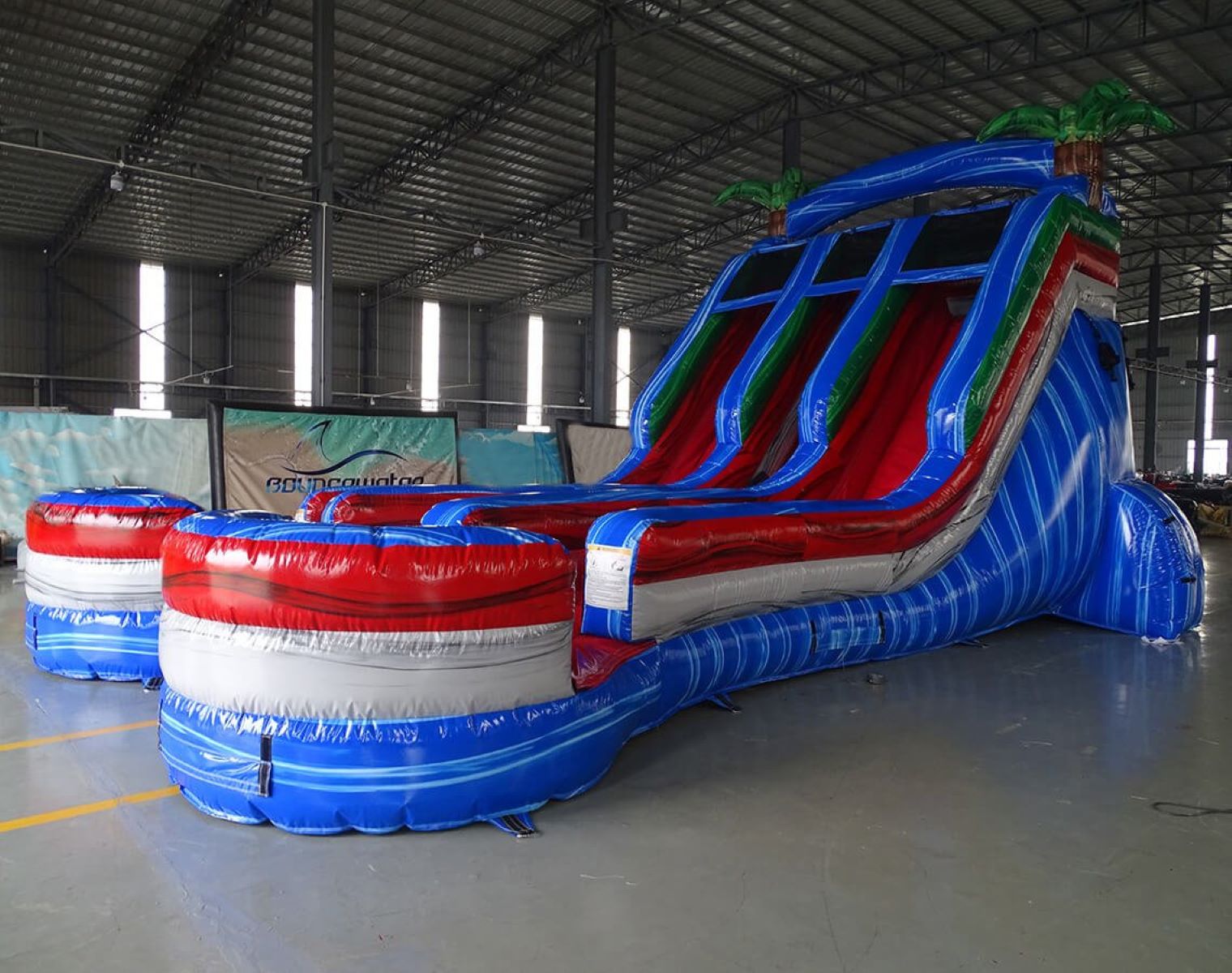


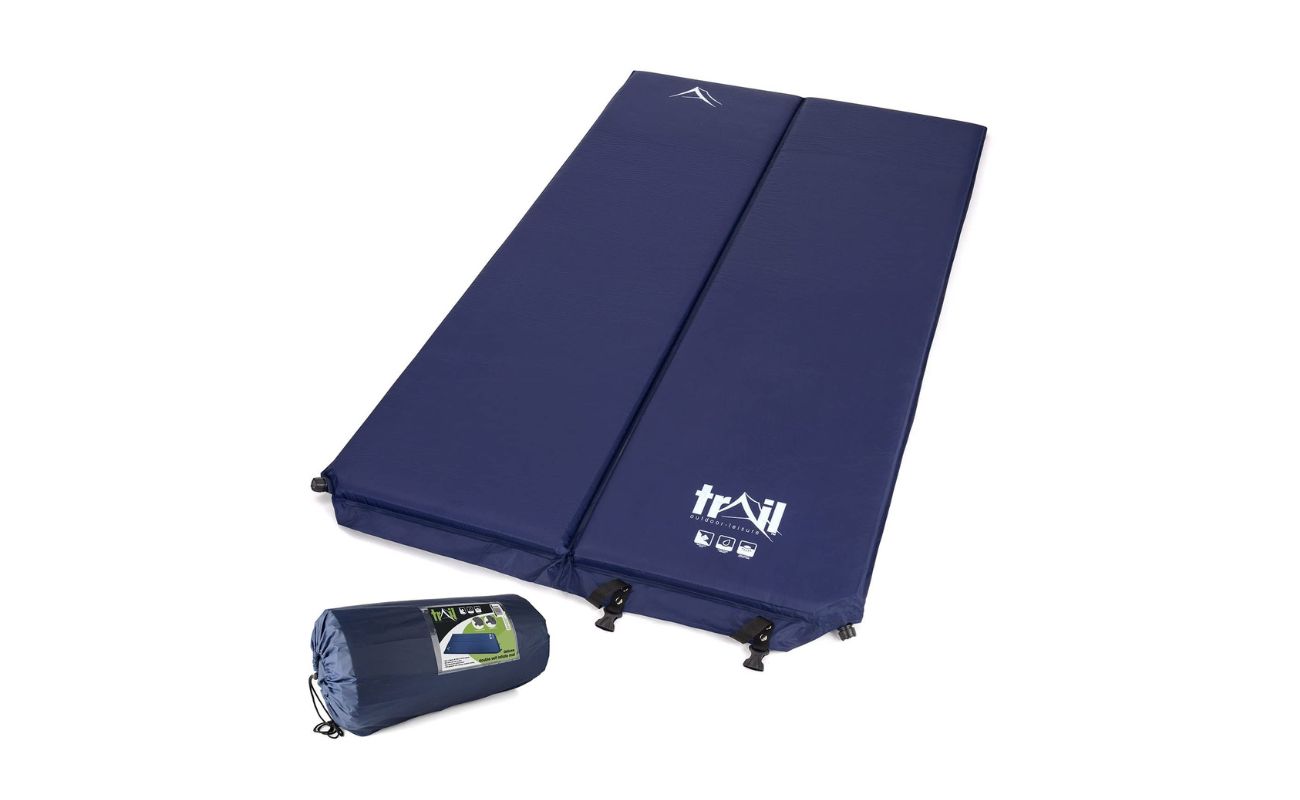

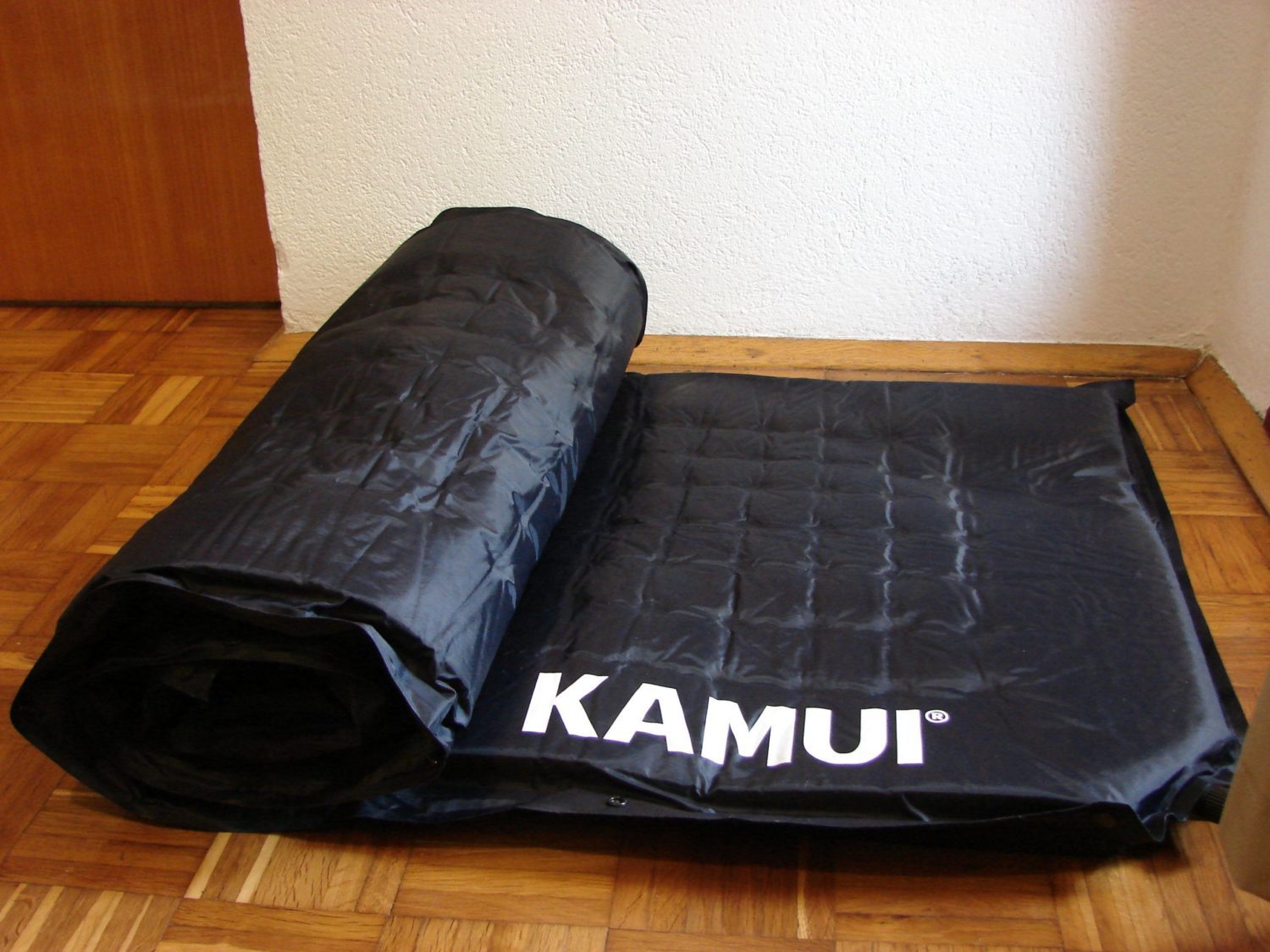


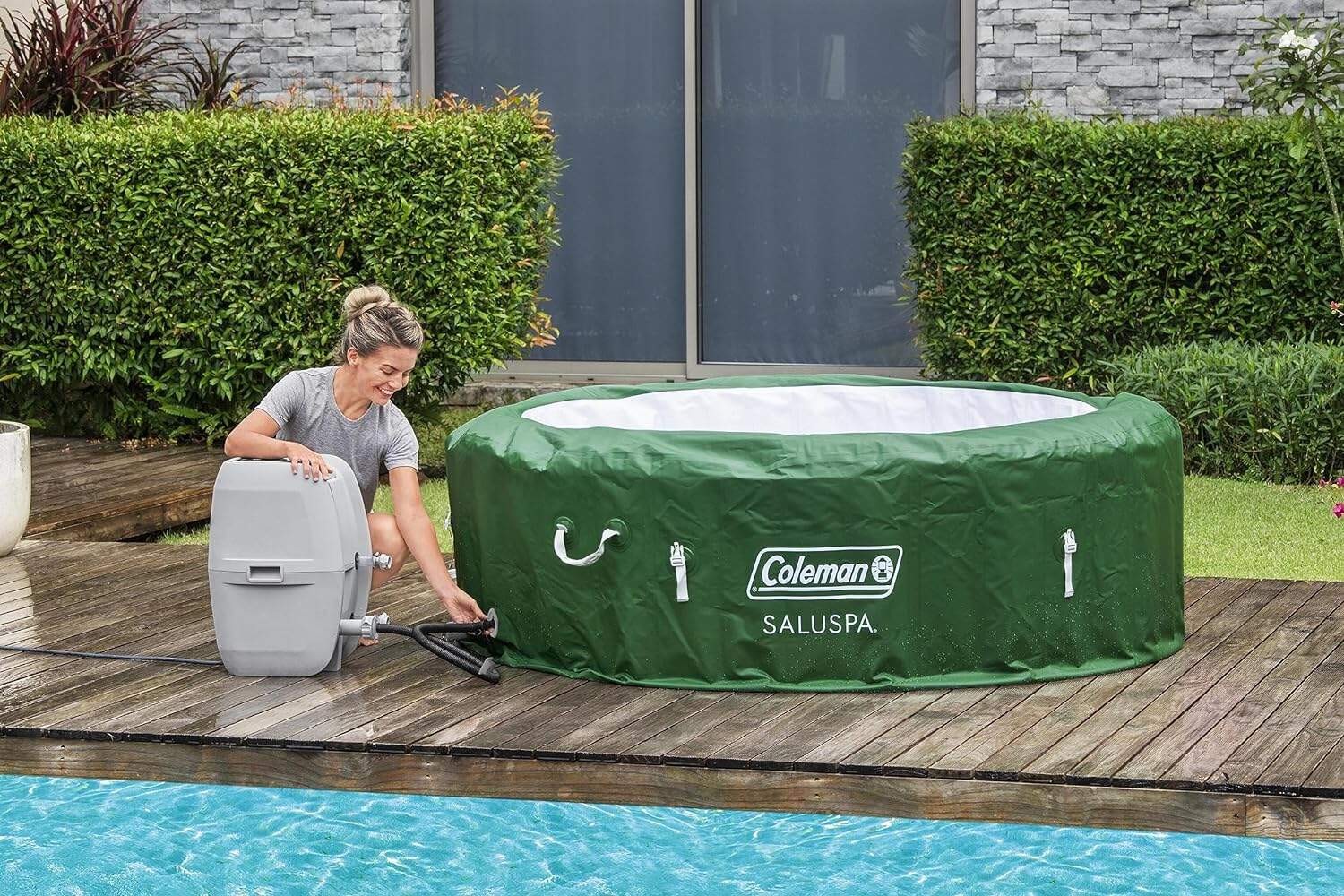
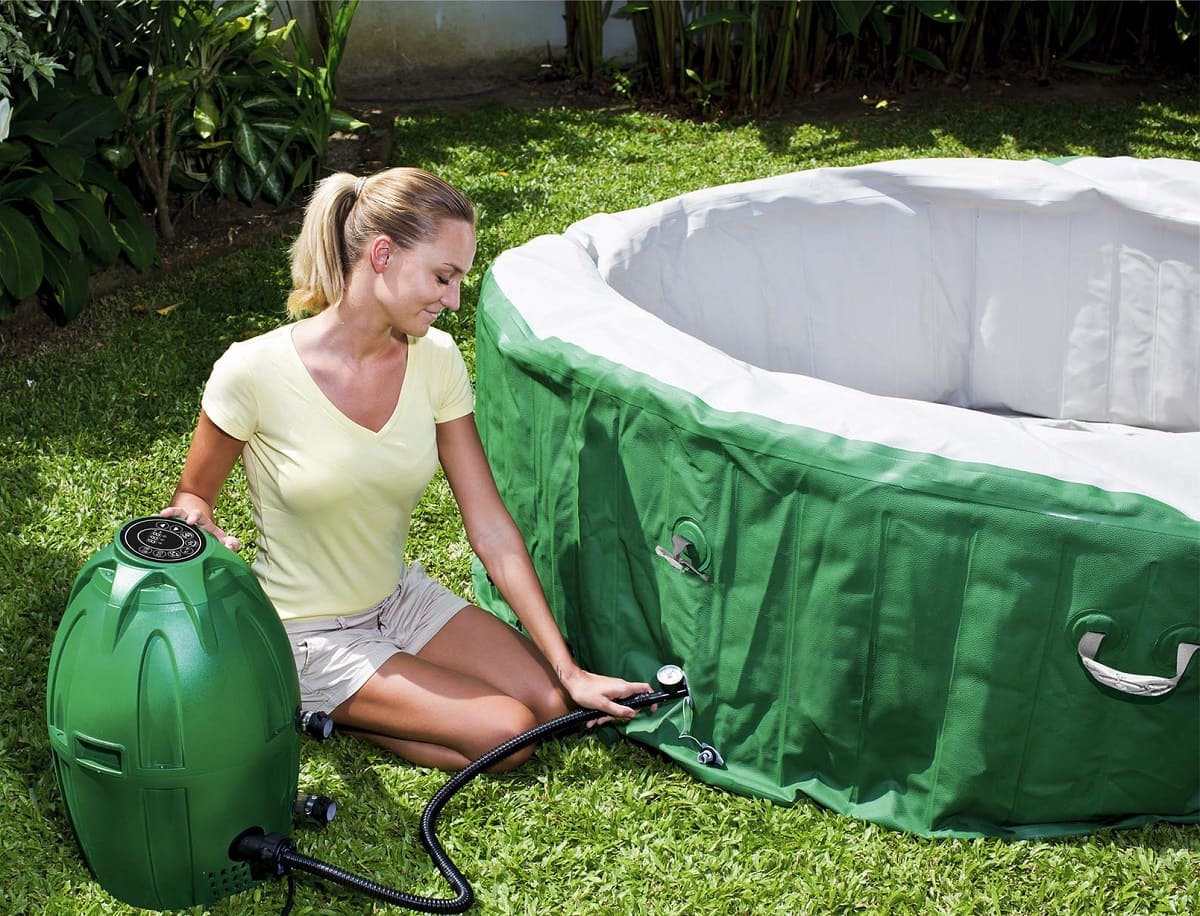

0 thoughts on “How To Store Inflatable Boat”